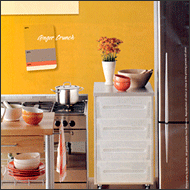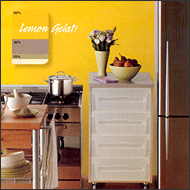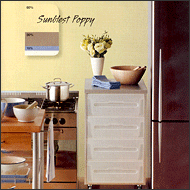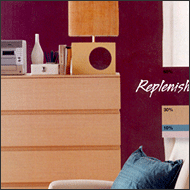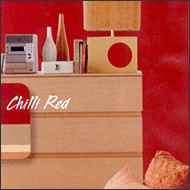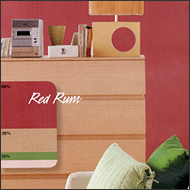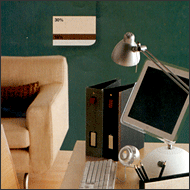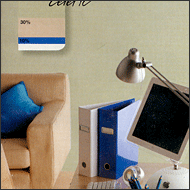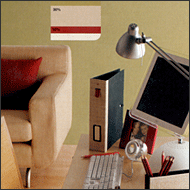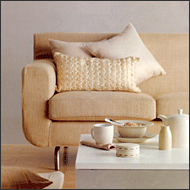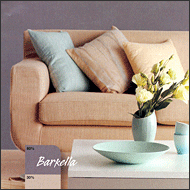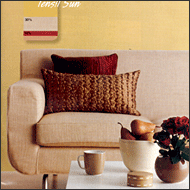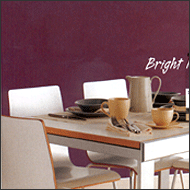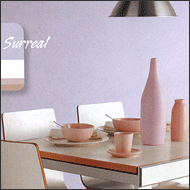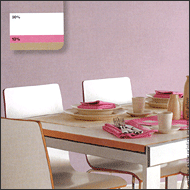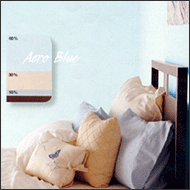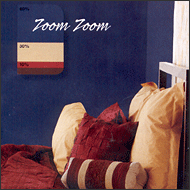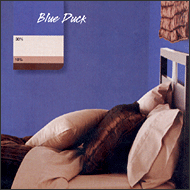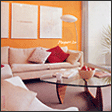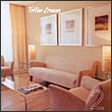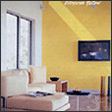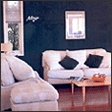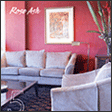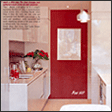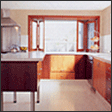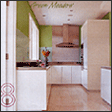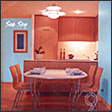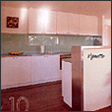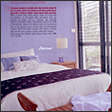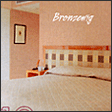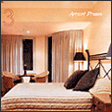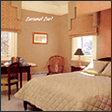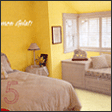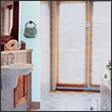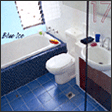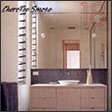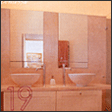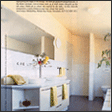Interior
1. Interior Colors
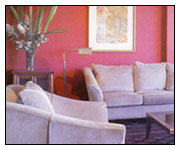 We often paint the walls, ceiling, and exterior walls of our homes for various reasons, such as moving into a new home with dirty or unappealing colors, mismatched colors for children’s ages, too many colors causing clutter, or wanting to show a clean and elegant interior when selling a house, and so on.
We often paint the walls, ceiling, and exterior walls of our homes for various reasons, such as moving into a new home with dirty or unappealing colors, mismatched colors for children’s ages, too many colors causing clutter, or wanting to show a clean and elegant interior when selling a house, and so on.
So, what color and criteria should we choose for our home’s paint?
First, let’s look at the basic concept of painting and examine representative colors that suit the mood we want to convey.
- It is good to have a unified color scheme that is visible at a glance.
- To create a different atmosphere in each individual space, it is good to have a different color for the upper and lower parts of the wall and to attach matching wainscoting or decorative molding in between. In this case, the lower part should have a stable dark color in the same color range, and it is also good to partially attach wallpaper.
- When choosing a color, it is better to choose a slightly darker color than the desired color because the color becomes much lighter after the paint dries.
- You need to consider the color around the windows and areas that do not receive much sunlight.
- Houses with few windows can also use bright pastel tones.
- If you unify the concave parts of the wall with a slightly darker color and the convex parts with a slightly lighter color, you can feel a good design.
-
As for the types of colors, except for white, three colors within the same color range are safe. (except for the bedroom)
(e.g.) light yellow - khaki - olive-green
beige - tan - chocolate
ivory - goldenrod - peru
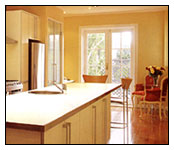 Now, let’s select a color. Which color is good? White? Pale feeling? Ivory? Too common color? Sky blue? Hospital-like feeling? We find it difficult to choose colors. The more difficult it is, the easier it can be solved by thinking simply.
Now, let’s select a color. Which color is good? White? Pale feeling? Ivory? Too common color? Sky blue? Hospital-like feeling? We find it difficult to choose colors. The more difficult it is, the easier it can be solved by thinking simply.
For example, in the Toronto area where we live, maple leaves are world-famous. What mood and feeling do you have when you think of that maple leaf?
You may not know the exact colors and their names, but you will feel a very natural and romantic atmosphere. Those colors are a mixture of brown, red, yellow, and other similar colors. Do you want to have that kind of atmosphere in your home? Then paint your home with those colors. It’s a simple solution. However, those colors should be mixed colors, not primary colors, and divided into main colors, sub-colors, and auxiliary colors. Choose a slightly lighter and brighter main color and emphasize it with sub-colors and auxiliary colors or connect them.
Let’s take a look at representative colors that suit the atmosphere you want to create.
- Natural atmosphere - Natural color tones that are not boring - earth, leaves, sea, spring flower colors
- Elegant atmosphere - Gentle color tones with dignity - light sky blue, purple tones
- Classic atmosphere - Deep and stable color tones with depth and composure - brown, beige, wine gold, dark green tones
- Modern sense atmosphere - High-tech colors with a city feel - Contrast with cool colors - black, grey, white, green tones
2. Color Combining (Harmony of Colors)
Once the overall atmosphere of the house and the basic color direction are decided, it becomes even more important to determine the combination of colors of the furniture, accessories, practical containers, and the colors of the walls and floors for each room.
Feeling color, interest color, and accent color, which are the colors that create the overall atmosphere, attract attention, and emphasize a specific element, respectively, should be in a ratio of 60:30:10, where the main color (walls and floors) of the room is 60%, the second color (furniture, curtains, etc.) is 30%, and the remaining 10% is the color of the objects to be emphasized (cushions, accessories, lighting, etc.). If they are harmoniously combined, it can be considered the most balanced design.
The reference pictures you will see below are the colors of the walls and accents that can naturally complement the existing furniture (second 30% color) in the six important spaces inside the house (Kitchen, Reading Area, Home Office, Living Room, Dining Room and Bedroom).
- Bedroom (main color Blue)
3. Great Color Schemes (Good examples of color schemes for different spaces)
As seen earlier, the “color” selection and design are the strongest means that completely influence the atmosphere of a home more than any other interior material.
Here, we introduce well-planned color schemes for the most active spaces in a typical home (Living or Family Room, Kitchen, Bedroom, and Bathroom).
In particular, for those who plan to sell their home and have concerns or questions about interior painting and other indoor-related matters, please feel free to contact us by email or phone for guidance.

